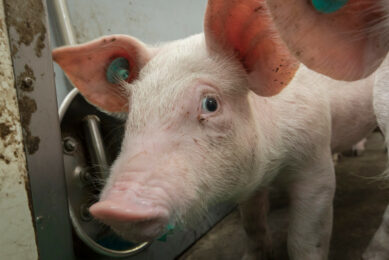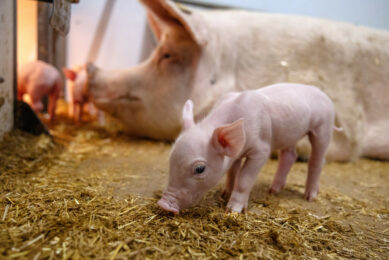Farm visit: Tracking piglets on their path to growth
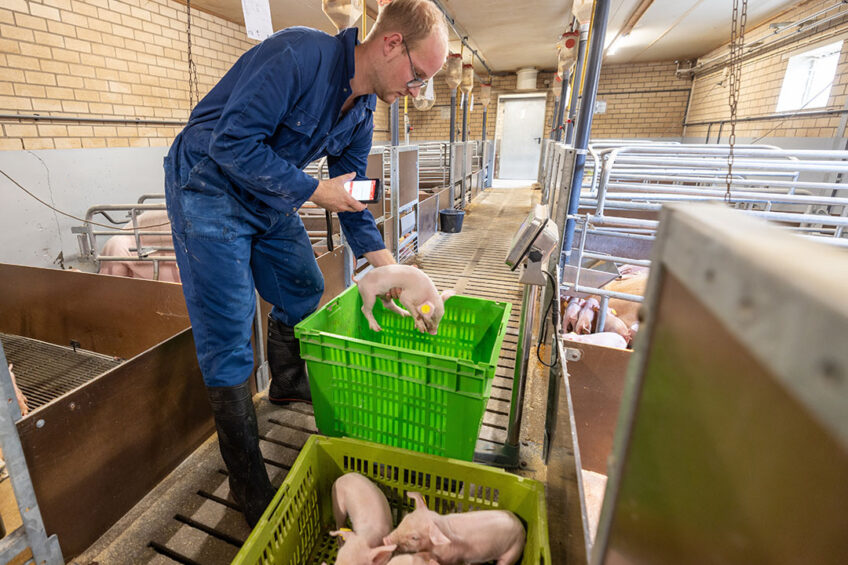
Richard van den Brand is the proud and curious owner of a 400-sow farrow-to-finish facility in the south of the Netherlands. His farm was the ideal location for a farm trial to discover more about supplementary feeding of piglets during lactation. Does the effect of supporting young piglets with access to milk replacer last all the way until slaughter?
Stefan Hermans could almost do it blindfolded. With his left hand he takes one of the piglets from a green box and places it into another box positioned on a scale. He scans the animal’s ear tag. A Bluetooth connection does the rest, sending the result of the weighing directly to a device.
Working on the Brand Pigs farm, owned by Richard van den Brand and located near Gilze in the south of the Netherlands, Hermans and his team have quite a task to perform: by late November 2023, they will have completed about 22,000 weighing sessions this way – each piglet will be weighed individually 3 days after birth as well as at weaning. The aim is to get a clear idea of the growth curve results of a large number of pigs from birth to slaughter when a special pre-weaning feeding strategy is used with them.
The team’s task does not end with weighing 10,000 individual pigs multiple times. When the pigs have grown too heavy to pick them up, the team opts for group weighing and measuring average outcomes, to get 2 additional weighing points. That task will have to be repeated about 2,000 times as well. It is all for a good cause though, as hopefully the research will provide new insights into how to prepare piglets better for weaning – and life thereafter.
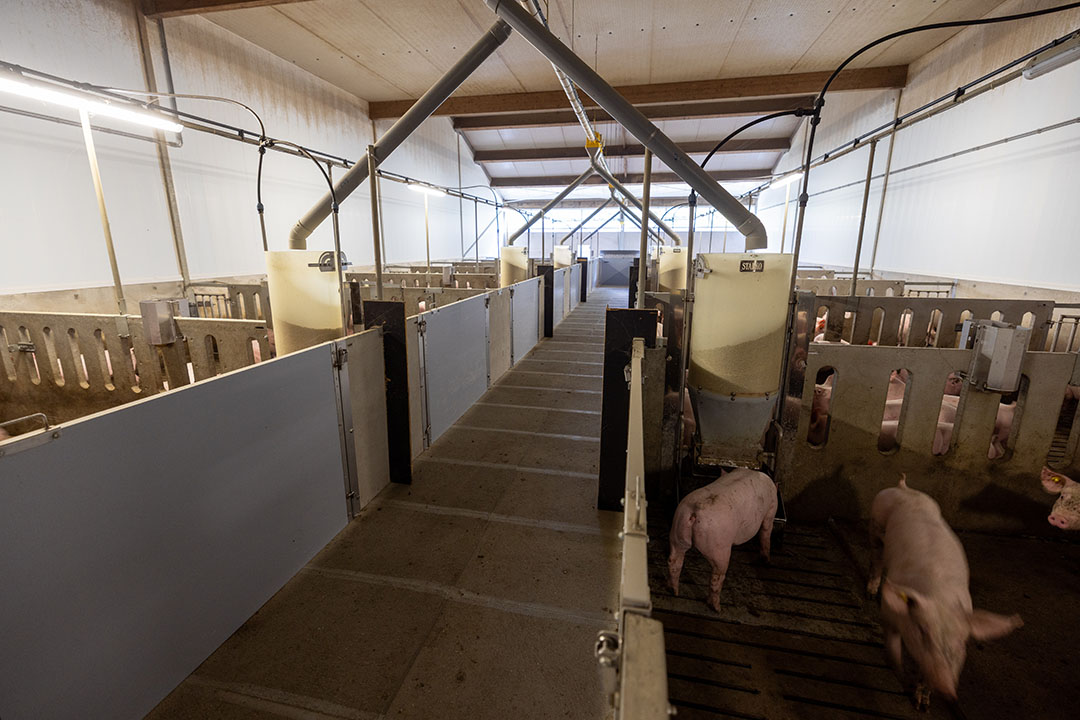
Longitudinal trial
Hermans, age 25, is account manager at Netherlands-based animal nutrition company Swinco. He is also in charge of this longitudinal trial, which commenced early in 2023. This trial is a joint project between Swinco and Nukamel. As is the case with other pig research these days in Europe, deep at the heart of the trial is the question of how to wean as smoothly as possible. After all, antibiotic growth promoters and zinc oxide have been phased out in the European Union, which leaves an entire continent searching for the holy grail – how to wean robust, well-nourished and healthy piglets?
The 2 companies jointly developed the Piglait concept. Core of the approach is to train the piglet’s gut to be accustomed to plant-derived nutrients during lactation. The concept is based on feed, advice and equipment. Part of that set-up is the Automix that provides supplementary milk via cups. In addition, dry creep feed of dairy and plant origin is also provided.
In a Pig Progress feature published in 2019, the concept was explained in more detail. Even when measured earlier in life, the difference of this strategy can be substantial. The big question at that time asked if the early advantage would last the entire life of a grow-finisher pig. There was only one way to find out: testing it in practice with one group getting supplementary milk replacer and another group not.

Finding the right farm
It would be key to find a farm that would be happy to have at least 10,000 grow-finisher pigs individually tagged, to have a research team present weighing all animals, and having sophisticated automatic feeding equipment in the grow-finisher phase.
Brand Pigs eventually was the farm of choice – a well-designed and modern 400-sow closed farm in the south of the Netherlands, consisting of five farm houses. The owner is Richard van den Brand, age 53, an open-minded pig producer who is keen to learn. He comments, “For me, this trial was interesting as I am always focused on creating profit through finisher pigs. I was curious to see if this approach would indeed create added value.”
His farm proved to have a couple of added benefits for the trial. Firstly, the farm raises entire boars instead of barrows, meaning that the dataset would generate information about the effect on entire male pigs. “I prefer raising entire pigs,” Van den Brand says. “They give a better feed conversion and relatively less manure.” In doing so, he fits into developments in recent years in the Netherlands, to stop castrating and to move to growing entires.
Secondly, the trial will allow the research team to observe the long-term difference when the feeding strategy is applied to piglets at various weaning ages. That is because Van den Brand is in transition from weaning pigs around 3 weeks of age to weaning pigs at 5 weeks of age – meaning that roughly 10% of the trial will be applied to pigs weaned at five weeks, adding an extra dimension.
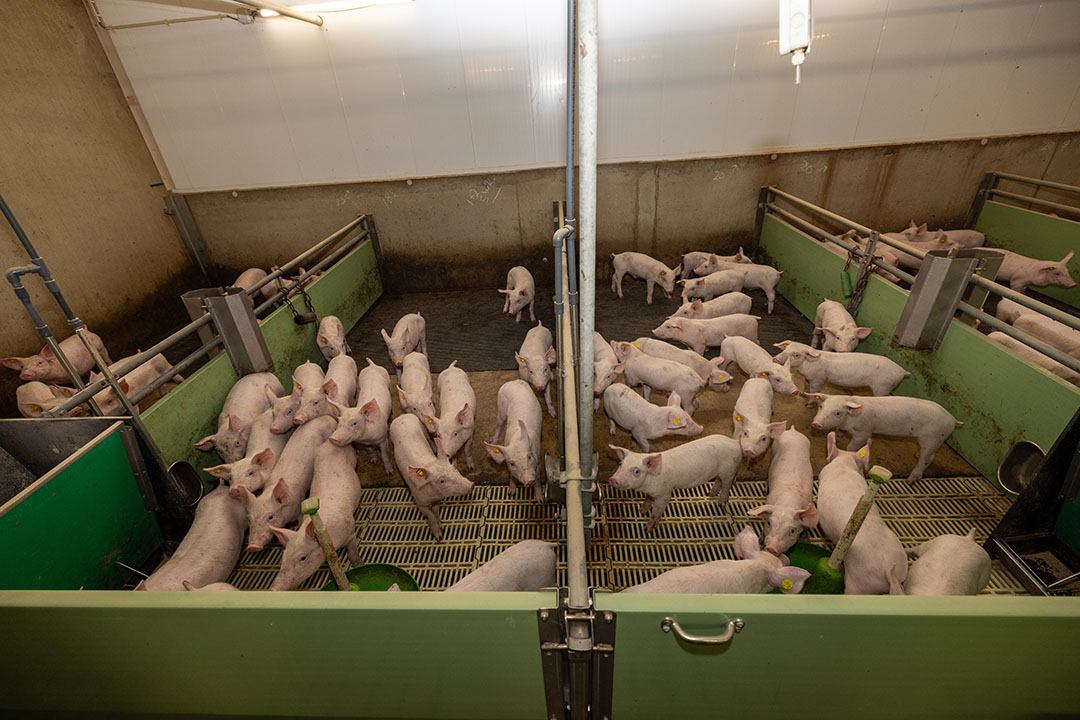
Coincidence
This last bonus is a matter of coincidence. Van den Brand had arrived at a point in his pig-producing career where he had the liberty to make management decisions that make life slightly easier, including operating with near-full capacity.
He has already been farming for 27 years, after beginning with sows (and piglets) for which a major new house was completed in 2007, with a 400 sow capacity. In 2014, after years of planning, he decided to build an own finisher pig house with a capacity of 3,800 animals. Finally, he could embrace the entire chain.
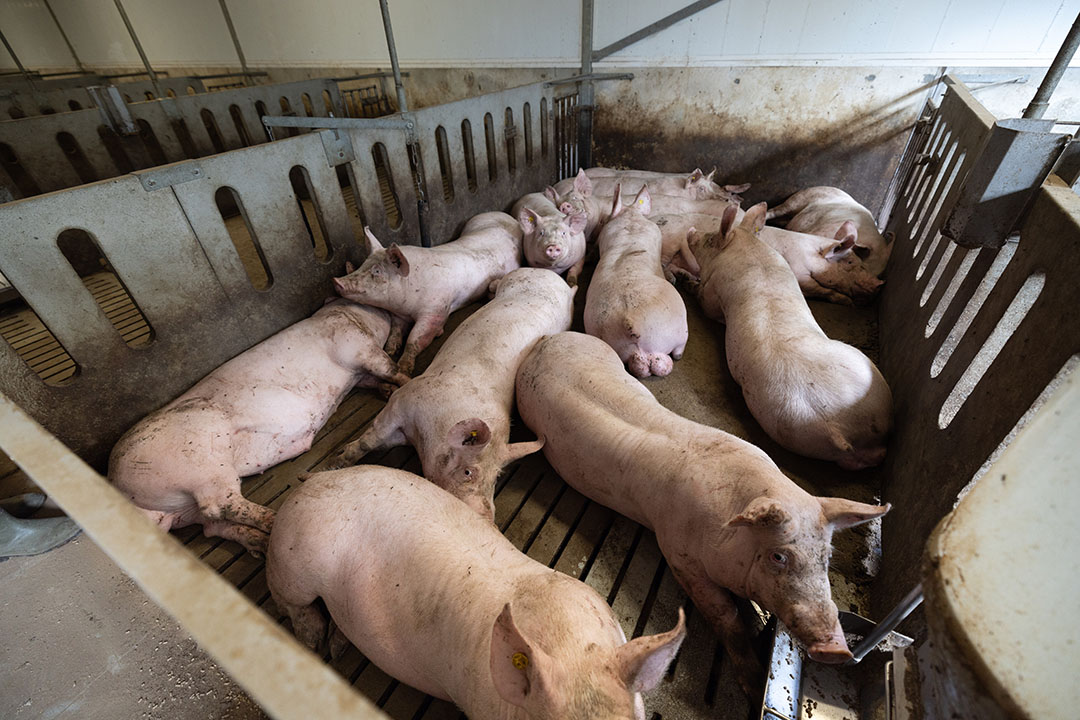
He explains, “I am still very happy with all the choices I made. However, none of my children will continue the farm in the future, so I am the only one who will make management decisions. A more relaxed approach would include a production scheme that allows me to not jam-pack the houses with pigs. Having done the maths, it turned out that this would all be perfectly possible with weaning at 5 weeks.” The result is a farm that soon will be operating with about 370 sows.
For the Piglait system, the addition of the “5 weeks” category provides an extra benefit. Stefan Hermans says, “Obviously this way we are a bit ahead of the market situation, offering new insights. In addition, supplementary milk feeding via the cups will give support to the sows, as they do not have to provide all the nutrients themselves. Via the trial dataset and backfat measurements we are looking to the effect on reproductive results in the next litter.”
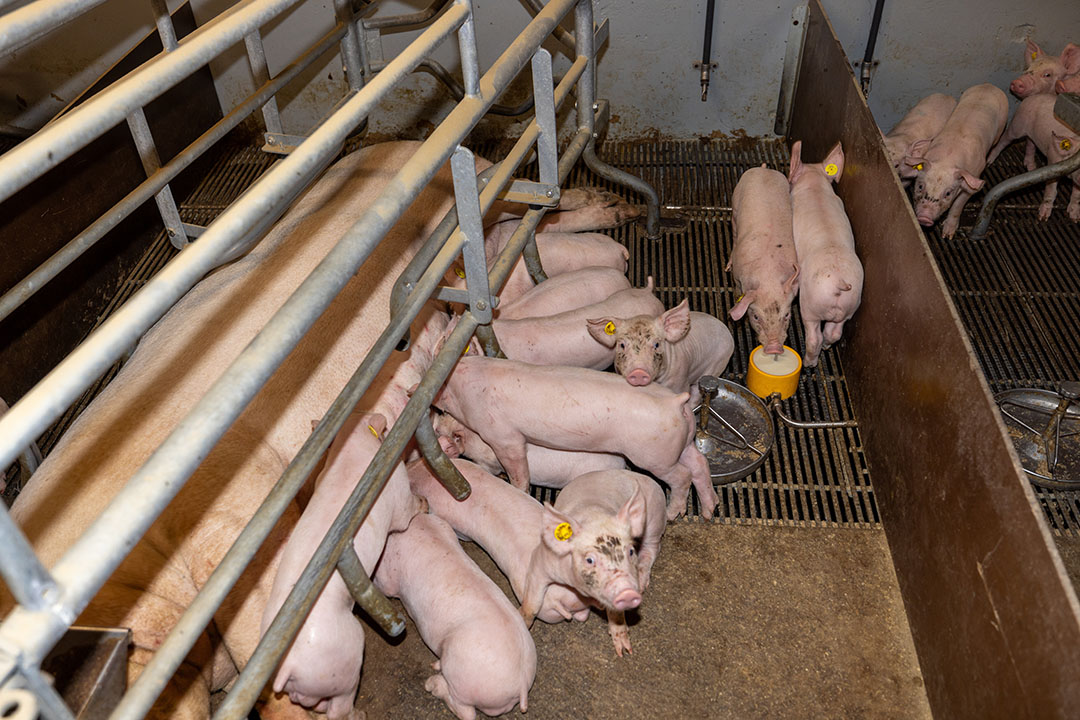
First results
Apart from his weighing duty, Hermans and his colleagues also attach individual ear marks, equipped with radio frequency identification (RFID), to the ear of every piglet just a few days after farrowing. That way the growth of individual animals can be tracked and traced throughout the research process. Additional data being added are the sow that will nurse the piglet (not always the mother) and her parity.
In 2022, to be able to run the trial, the farm was equipped with the supplementary milk system. First impressions of the trials so far have appeared promising, Hermans says. Intermediate results, shared early September 2023 about 3,000 piglets, revealed results of piglets weaned at roughly 3 weeks. The difference of adding liquid milk replacer was 150 g/pig. The weaner pigs of the group receiving supplementary milk weighed on average 6.26 kg, whereas the pigs in the control group weighed 6.11 kg on average.
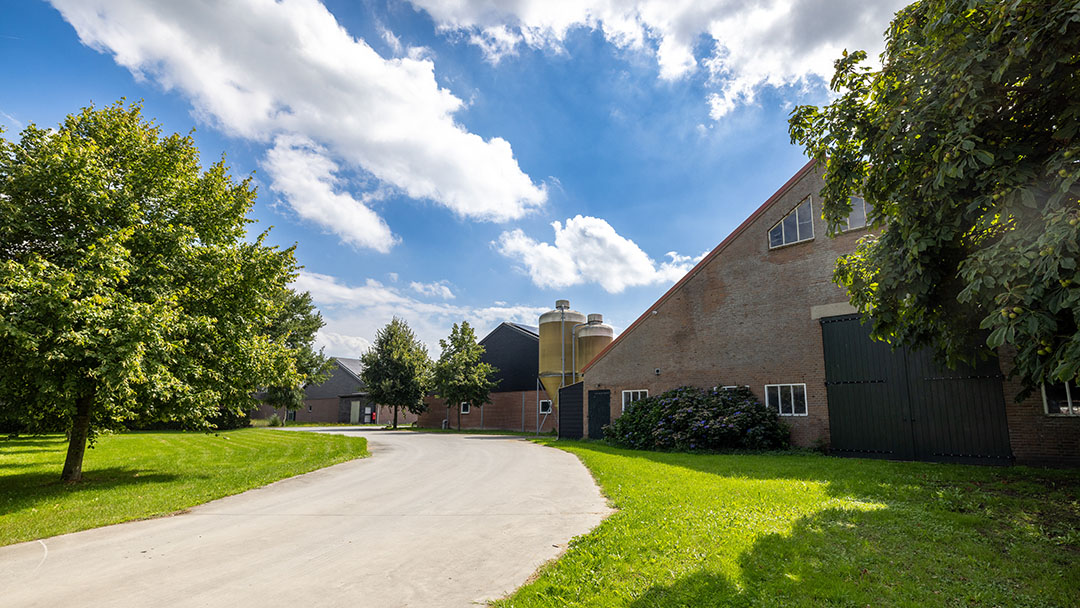
In addition, the number of piglets weaned per litter was also considerably larger: 13.8 piglets in the group fed liquid milk replacer, whereas in the control group that was 13.3. Last but not least, the percentage of piglets weighing less than 5 kg at three weeks dropped from 20% to 13%, leading to more uniformity.
The results are most likely due to a combination of factors. The type of feed makes the piglets thrive, but the abundance of nutrition also makes sure that all of them have access to sufficient amounts – not just the eager and fat ones.
Future expectations
The final results are expected in the course of 2024. If everything goes according to plan, the Piglait team hopes to find that the supplementary liquid feed will help pigs reach slaughter weight, at 125 kg, sooner. In addition, uniformity is enhanced and that translates into extra gain for producers.
About one thing Van den Brand is already quite clear – weaning at 5 weeks is something he would like to keep. In a world that revolves around feed conversion, efficiency and more-more-more, he’d like to take it easier. “I will continue to do weaning at 5 weeks,” he says. “It is going a little bit more pleasant instead of just solidly focusing on producing kilogrammes.”




